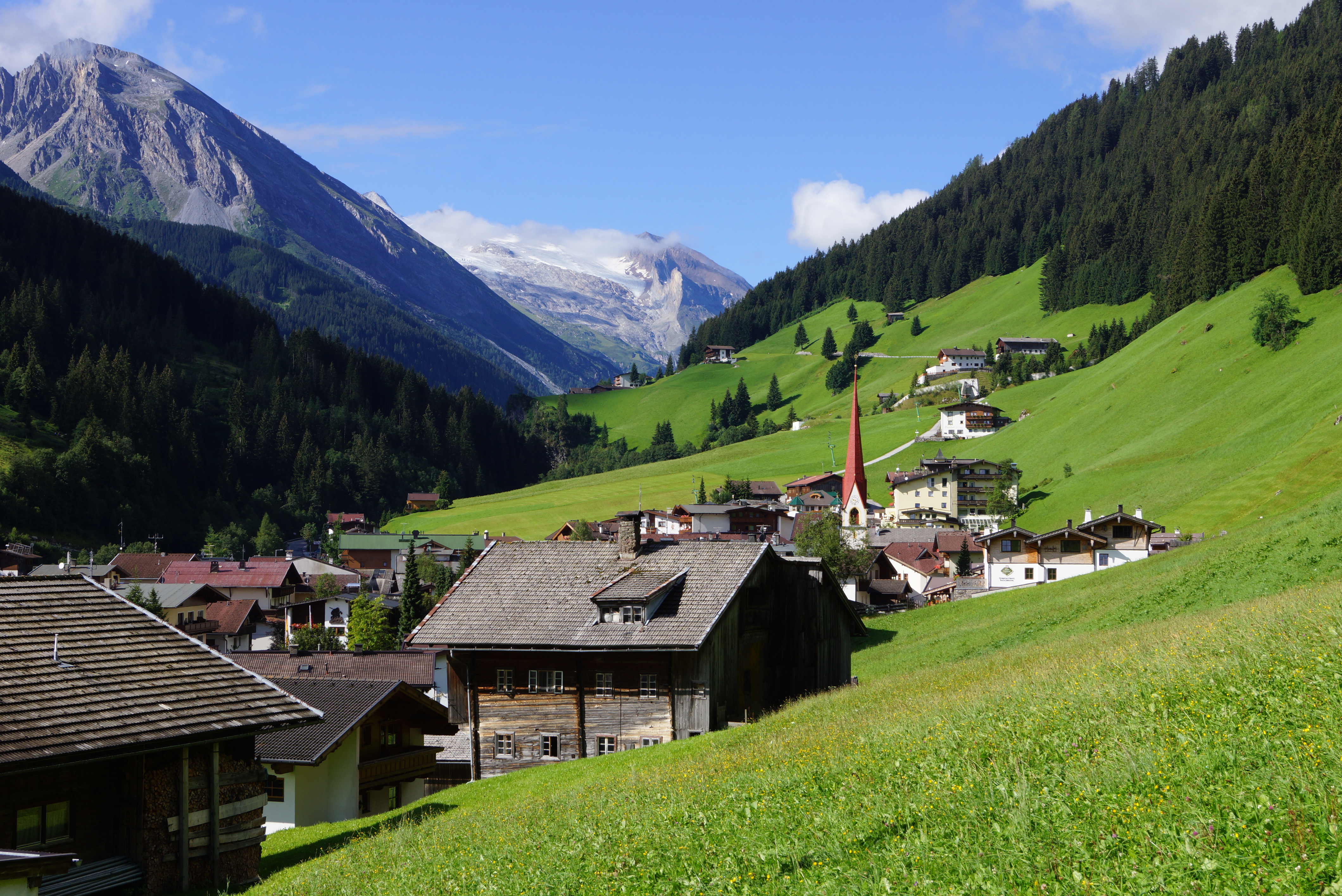|
Schwaz District
The Bezirk Schwaz is an administrative district (''Bezirk'') in Tyrol, Austria. It borders Bavaria (Germany) in the north, the districts of Kufstein, Kitzbühel and Pinzgau (Salzburg) in the east, South Tyrol (Italy) in the south, and the Innsbruck-Land district in the west. Area of the district is 1,887.49 km², with a population of 79,511 (January 1, 2012), and population density of 42 persons per km². Administrative center of the district is Schwaz. Geography The district comprises a part of the lower Inn valley, the complete Zillertal valley with its tributary valleys (like the Tuxertal), and the Achental valley with the Achensee. Mountain ranges within the district include the Tux Alps, Zillertal Alps, Kitzbühel Alps, the Karwendel and the Rofan. Administrative divisions The district is divided into 39 municipalities: * Achenkirch (2,156) * Aschau im Zillertal (1,732) * Brandberg (348) * Bruck am Ziller (993) * Buch bei Jenbach (2,549) * Eben am Achensee (2,84 ... [...More Info...] [...Related Items...] OR: [Wikipedia] [Google] [Baidu] |
Districts Of Austria
A district (german: Bezirk) is a second-level division of the executive arm of the Austrian government. District offices are the primary point of contact between resident and state for most acts of government that exceed municipal purview: marriage licenses, driver licenses, passports, assembly permits, hunting permits, or dealings with public health officers for example all involve interaction with the district administrative authority (). Austrian constitutional law distinguishes two types of district administrative authority: *district commissions (), district administrative authorities that exist as stand-alone bureaus; *statutory cities ( or ), cities that have been vested with district administration functions in addition to their municipal responsibilities, i.e. district administrative authorities that only exist as a secondary role filled by something that primarily is a city (marked in the table with an asterisk (*). As of 2017, there are 94 districts, of which 79 are d ... [...More Info...] [...Related Items...] OR: [Wikipedia] [Google] [Baidu] |
Innsbruck-Land
The Bezirk Innsbruck-Land is an administrative district (''Bezirk'') in Tyrol, Austria. It encloses the Statutarstadt Innsbruck, and borders Bavaria (Germany) in the north, the district Schwaz in the east, South Tyrol in Italy to the south, and the district of Imst in the west. Area of the district is 1,990.17 km², with a population of 181,698 (January 1, 2021), and population density of 91 persons per km². Administrative center of the district is Innsbruck, located outside of the district itself. Geography The district comprises a part of the Inn valley, the North Tyrolean parts of the Wipptal valley and its tributary valleys Stubaital, Sellraintal, Gschnitztal, and Wattental, as well as the Seefelder Plateau. The southern border with the Brennerpass is formed by main line of the Alps. The district is dominated by alpine areas, including the mountain ranges of the Stubai Alps in the southwest, Tux Alps in the southeast, and Wetterstein Mountains and Karwendel in the ... [...More Info...] [...Related Items...] OR: [Wikipedia] [Google] [Baidu] |
Achenkirch
Achenkirch is a municipality in the Schwaz district in the Austrian state of Tyrol Tyrol (; historically the Tyrole; de-AT, Tirol ; it, Tirolo) is a historical region in the Alps - in Northern Italy and western Austria. The area was historically the core of the County of Tyrol, part of the Holy Roman Empire, Austrian Emp .... It is located at the northern end of Lake Achensee. Land and Climate Breakup At the northern lakeside of Lake Achensee, there is the municipality Achenkirch and its component localities Achenkirch, Achensee, Achental and Achenwald, Scholastika and the terrain of the former Achenseehof farm. In other words, the municipal territory extends from Lake Achensee to the Bavarian border. Already in 1313 AD the village was known as “Achental”, while only in 1971 its name was changed to Achenkirch. Around the turn of the last century, Achenkirch was a popular destination for summer vacationists, including famous personalities such as the authors Peter Rose ... [...More Info...] [...Related Items...] OR: [Wikipedia] [Google] [Baidu] |
Municipality (Austria)
In the Republic of Austria, the municipality ( de , Gemeinde, sometimes also ) is the administrative division encompassing a single village, town, or city. The municipality has corporate status and local self-government on the basis of parliamentary-style representative democracy: a municipal council () elected through a form of party-list system enacts municipal laws, a municipal executive board () and a mayor (, fem. ) appointed by the council are in charge of municipal administration. Austria is currently (January 1, 2020) partitioned into 2,095 municipalities, ranging in population from about fifty (the village of Gramais in Tyrol) to almost two million (the city of Vienna). There is no unincorporated territory in Austria. Basics The existence of municipalities and their role as carriers of the right to self-administration are guaranteed by the Austrian constitution ( B-VG Art. 116 (1)). The constitution means for municipalities to be autonomous () in any matter that a ... [...More Info...] [...Related Items...] OR: [Wikipedia] [Google] [Baidu] |
Karwendel
The Karwendel is the largest mountain range of the Northern Limestone Alps. The major part belongs to the Austrian federal state of Tyrol (state), Tyrol, while the adjacent area in the north is part of Bavaria, Germany. Four mountain chain, chains stretch from west to east; in addition, there are a number of fringe ranges and an extensive promontory (''Vorkarwendel'') in the north. Geography The term Karwendel describes the part of the Alps between the Isar river and the Seefeld Saddle mountain pass in the west and Achen Lake in the east. In the north it stretches to the Bavarian Prealps. In the south the Lower Inn Valley with the city of Innsbruck separates the Karwendel from the Central Eastern Alps. Other major settlements include Seefeld in Tirol and Mittenwald in the west, as well as Eben am Achensee in the east. Neighbouring ranges are the Wetterstein and Mieming Range, Mieming Mountains in the west and the Brandenberg Alps in the east. The mountaineer Hermann von Barth cre ... [...More Info...] [...Related Items...] OR: [Wikipedia] [Google] [Baidu] |
Kitzbühel Alps
The Kitzbühel Alps (german: Kitzbüheler Alpen or ''Kitzbühler Alpen'') are a mountain range of the Central Eastern Alps surrounding the town of Kitzbühel in Tyrol, Austria. Geologically they are part of the western slate zone (greywacke zone). Location Two-thirds of the Kitzbühel Alps lie within the Austrian province of Tyrol, the remaining third is in Salzburg province. They are about long from east to west and 25 to 35 km wide. They extend from the Ziller valley and Tux Alps in the west to the Saalach river and Zell am See on Lake Zell (''Zellersee'') in the east. They are bordered to the south by the Zillertal Alps and the High Tauern mountain range on the other side of the Salzach River, on the north by the Inn River and the Northern Limestone Alps. The boundary of the region runs along the Salzach valley via Zell am See, where the Salzach swings north, to Saalfelden. Its northern boundary runs from east to west from the Saalfelden basin along the valley of the ... [...More Info...] [...Related Items...] OR: [Wikipedia] [Google] [Baidu] |
Zillertal Alps
The Zillertal Alps ( it, Alpi Aurine; german: Zillertaler Alpen) are a mountain range of the Central Eastern Alps on the border of Austria and Italy. Name The range is named after the Zillertal (Ziller river valley) on its north. Geography The range is bounded by the ''Tuxerjoch'' mountain pass to the north (separating it from the Tux Alps); the ''Birnlücke'' - ''Forcella del Picco'' pass to the east (separating it from the Hohe Tauern); the Eisack and its tributary the Rienz to the south (separating it from the Southern Limestone Alps); and the Brenner Pass to the west (separating it from the Stubai Alps). Sub-groups The Zillertal Alps are divided into the following sub-groups: * Tux main ridge (''Tuxer Hauptkamm'') * Zillertal main ridge (''Zillertaler Hauptkamm'') and side ridgesThis is further sub-divided as follows: Hauptkamm, Hochstellerkamm, Greinerkamm, Mörchen and Igentkamm, Floitenkamm, Ahornkamm, Riblerkamm, Magnerkamm. * Reichenspitze Group and eastern Ziller ri ... [...More Info...] [...Related Items...] OR: [Wikipedia] [Google] [Baidu] |
Tux Alps
The Tux Alps (german: Tuxer Alpen) or Tux Prealps (''Tuxer Voralpen'') are a sub-group of the Austrian Central Alps, which in turn form part of the Eastern Alps within Central Europe. They are located entirely within the Austrian federal state of Tyrol. The Tux Alps are one of three mountain ranges that form an Alpine backdrop to the city of Innsbruck. Their highest peak is the Lizumer Reckner, , which rises between the glen of Wattentaler Lizum and the valley of the Navisbach. Their name is derived from the village of Tux which is tucked away in a side valley of the Zillertal. The Alpine Club classification of the Eastern Alps (AVE) calls this range the Tux Alps. The name Tux Prealps was declared in the 1984 edition of the AVE as outdated and not longer applicable. The reality is that the mountain range can hardly be described as "prealps" in view of their sheer extent and height. The description only makes any sense when the range is seen in the context of the Zillertal Alps to ... [...More Info...] [...Related Items...] OR: [Wikipedia] [Google] [Baidu] |
Achensee
Lake Achen (german: Achensee) is a lake north of Jenbach in Tyrol, Austria. It is the largest lake within the federal state, and has a maximal depth of 133 metres. Together with the Achen Valley it parts the Karwendel mountain range in the west from the Brandenberg Alps in the east. Water quality is near drinking water, with sight up to 10 m below the surface. An alpine lake, water temperature is accordingly low, rarely above 20 °C. Its size and wind conditions make it suitable for windsurfing. Eben am Achensee, Achenkirch, and Pertisau are municipalities on the lake. The Achensee and its hinterland serves as the model for the 'Tiernsee', setting of the Chalet School series of children's books by Elinor M. Brent-Dyer. History The city of Innsbruck bought the lake in 1919 from the St. Georgenberg-Fiecht Abbey, who had received it from the rulers of Schlitters around 1120. Powerplant Since 1924, the lake is managed by the Tiroler Wasserkraft AG (TIWAG), which was founded f ... [...More Info...] [...Related Items...] OR: [Wikipedia] [Google] [Baidu] |
Tuxertal
The Tuxertal is a valley located in Tyrol, Austria. A side valley of the Zillertal, from which it branches at Mayrhofen, the Tuxertal is about 13 km long and accessible on the Tuxer Straße (Tux Road). From Mayrhofen () to Hintertux (1500 m) in the municipality of Tux, the village that gives the valley its name, there is a height difference of about 850 m. The valley ends at Hintertux and the Hintertux Glacier. The Tuxbach, which rises near Hintertux, flows as far as Mayrhofen where it empties into the River Ziller. The five main settlements in the Tuxertal are (from the head of the valley): Hintertux (1,500 m), Madseit (1,385 m), Juns (1360 m), Tux (former Lanersbach) (1,300 m), Vorderlanersbach (1,300 m) and the parish of Finkenberg Finkenberg is a municipality in the Schwaz district in the Austrian state of Tyrol. Geography Finkenberg lies about 3 km southwest of Mayrhofen at the entrance to the Tuxer valley. Sightseeing * Garnet C ... [...More Info...] [...Related Items...] OR: [Wikipedia] [Google] [Baidu] |
.jpg)


